The Republic of Venice had many institutions over the more than a millennium the state existed. The only institution, which existed throughout the life of the Venetian state, was the Doge.
The lack of a formal constitution meant that the institutions of the Venetian republic were often created on an ad-hoc basis, and they often had a wide range of powers: legislative, executive and judicial together.
This page is an attempt to create an overview of the many Venetian state institutions, with links to the relevant sources, to the extent I have translated them.
Please note that the lists below are no complete — see the section Work-in-progress at the end.
Main institutions of the Republic of Venice
Assemblies of the ‘people’
- The Concione or Concio was the original popular assembly in the earliest times of Venice. Its primary function was the election of the Doge. It lost this function to the Consiglio Maggiore, but it was only formally abolished in 1423
- Concione in the Lessico Veneto.
- Also Doge and Maggior Consiglio in the ASV Indice
- The Consiglio Maggiore — established in 1172 — was since its inception the highest authority of the Republic of Venice. Despite the name, the Consiglio Maggiore was not an elected body, but the assembly of the entire electorate. The members were men aged twenty-five or more, legitimate children of parents from recognised aristocratic families, with some younger members through the annual Barbarela.
- Main article: The Consiglio Maggiore
- Maggior Consiglio in the ASV Indice
- Maggior Consiglio and Barbarela in the Lessico Veneto.
- Barbarèla in the Dizionario.
- Articles: Consiglio Maggiore (Greater Council or Grand Council)
Government
- The Doge was the head of state. In the earliest times, the Concio chose the doge, who wielded almost absolute power, both civilian and military. Later, the election of the Doge passed to the aristocracy in the Consiglio Maggiore, which gradually limited the powers of the doge, until the role was essentially reduced to a figurehead.
- Doge in the ASV Indice
- Doge in the Lessico Veneto
- Dose in the Dizionario
- Main articles: The Doge and Doges of Venice.
- The Consiglio del Doge was also called Consiglieri del Doge, the Consiglio Minore, and the Serenissima Signoria. It was first appointed to keep check on the actions of the Doge, who could not act without their approval. Later, as the Signoria, it developed into the closest the Republic of Venice had to an executive.
- Minor Consiglio in the ASV Indice
- Consiglio del Doge in the Lessico Veneto
- Signoria in the Dizionario
- Articles: Consiglio del Doge
- The Consiglio dei Pregadi, or Senato (the Venetian Senate), was initially an informal group of patricians which the doge called to ask for advice in state matters. From 1229 the Consiglio Maggiore took control of this advisory council, and elected sixty members annually, later expanded several times to 120. The Pregadi gradually took over more and more functions from the Consiglio Maggiore, especially in matters of commerce, foreign relations and war, while always formally acting on behalf of the Consiglio Maggiore. It was, with minor changes, a central part of the Venetian political system until the end.
- Senato in the ASV Indice
- Pregadi in the Lessico Veneto
- Pregài o Pregadi in the Dizionario
- Articles: Pregadi (Venetian Senate)
- The Pien Collegio was the Signoria together with three groups of Savi (Sages) with various charges, such as preparing the agenda for the Pregadi. Within the Pien Collegio were the Savi Grandi, the Savi di Terra Ferma and the Savi agli Ordini.
- Pien Collegio in the ASV Indice.
- Pien Collegio in the Lessico Veneto
Honorary positions
- The Procuratori di San Marco were second only to the Doge in the Venetian hierarchy, but the status of the Procuratori di San Marco was not matched by politically importance. Starting in the 800s, their role was initially the construction and maintenance of the Basilica di San Marco, and later the protection of the property of orphans and the mentally incapacitated, and the proper execution of last wills and testament. Over time the number grew to nine, three procuratori de sopra for the church, three procuratori de citra for the three sestieri north of the Grand Canal, and three procuratori de ultra for the other side. The appointment was for life, like the Doge.
- Procuratore di S. Marco in the ASV Indice
- Procurator di san Marco in the Lessico Veneto
- Procuratori di S. Marco in the Dizionario
- Articles: Procuratori di San Marco
- For de citra and de ultra, see Sestiere – sestieri
- The Cavalieri di San Marco were the only chivalric order in Venice. The honorific could be bestowed on patricians by the Maggior Consiglio, and on citizens by the Doge. For patricians, the title was also Cavaliere della stola d’oro.
- Cavalieri di S. Marco in the ASV Indice
Courts and law enforcement
- The Consiglio di Dieci (Council of Ten) oversaw state security and sat a court for the prosecution of crimes against the state and in cases against patricians. It was created in 1310 following the failed Baiamonte Tiepolo conspiracy. It consisted of ten patricians elected by the Consiglio Maggiore for a one-year term. When it sat as a court, there were seventeen judges, as the Doge and his six councillors also participated.
- Consiglio dei Dieci in the ASV Indice
- Consiglio dei Dieci in the Lessico Veneto
- Consegio de Diese in the Dizionario
- Articles: Consiglio di Dieci (Council of Ten)
- The Avogadori de Comùn was an ancient institution, entrusted with many and very diverse competences. The Avogadori served as public prosecutors, as guarantors of the legality of the political and administrative procedures of the Republic of Venice. They also kept the archives of the Consiglio Maggiore and of the Pregadi, and maintained the lists of the members of the other councils. There were three Avogadori, who served initially one year, later 16 months.
- Avogaria di Comun in the ASV Indice
- Avogadori del Comun in the Lessico Veneto
- Avogadòr in the Dizionario
- Articles: Avogadori de Comùn
- The Quarantia (Consiglio di XL — Council of Forty) was for most of the history of Venice the civil and criminal court of last resort. However, the Quarantia was established in 1179 with wide-ranging political and economic powers, not unlike the later Pregadi. Many of these powers then passed to the Pregadi and to the Consiglio di Dieci, until only civil and criminal trials remained. In the 1400s the Quarantia was split into three branches: Criminal, Old Civil (Venice and the Dogado) and New Civil (the dominions). The Quarantia adjudicated only cases between cittadini (citizens), while patricians were tried in front of the Consiglio di Dieci.
- Consiglio dei Quaranta o Quarantia in the ASV Indice
- Quarantia in the Lessico Veneto
- Quarantia in the Dizionario
- Articles: Quarantia (Consiglio di XL — Council of Forty)
- The Inquisitori di Stato (State Inquisitors) were a kind of express court for threats against the safety of the state, and it had broad and largely unchecked powers. The three inquisitors were appointed by the Pregadi and the Consiglio dei Dieci.
- Inquisitori di Stato in the ASV Indice
- Inquisitori di Stato in the Lessico Veneto
- Inquisitor in the Dizionario
Other offices of the Venetian state
These are only the minor offices which are mentioned elsewhere on this site. See the Work-in-progress section at the end for other administrative offices of the Republic of Venice.
Financial offices
- The Scansadori alle Spese Superflue (or the Provveditori e Revisori sopra la scansazione e regolazione delle spese superflue — literally the “Superintendents and regulators for the avoidance and regulation of superfluous expenses”) inspected the rest of the Venetian state offices to eliminate waste and superfluous expenses.
Administrative offices
- The Magistrato alla Sanità (also Provveditori e Sopraprovveditori alla Sanità and Magistrato alla Salute — the Magistracy of (public) health) was formally established in 1485, but Provveditori alla Sanità had been appointment repeatedly earlier, whenever the Black Plague struck. There were originally three provveditori, to which the Pregadi (Senate) added another two in 1556. The Magistracy had broad powers over everything health related, which besides the lazzaretti, also included inns, prostitutes, pharmacies, doctors, rubbish collection, water supply etc.
- Provveditori e Sopraprovveditori alla Sanità in the ASV Indice
- Provveditori sopra la Sanità in the Lessico Veneto
- Sanità in the Dizionario
- See Quarantine in the 1600s and Capitoli Da osservarsi nelli Lazaretti — 1674
- See also numerous articles about the Lazzaretti of Venice.
- Articles: Magistrato alla Sanità (Magistracy of Health)
- The Esecutori contro la Biastemia (also Magistrato de la Biastemia or Esecutori contro la Bestemmia — the Executors against Blasphemy), was a kind of moral police. The Pregadi established the college of three noblemen in 1537, charging them with fighting blasphemy and other crimes against religion, and with controlling vice, such as gambling, drinking and prostitution. In 1585, a fourth executor was added to control foreigners, Jews and beggars residing in Venice.
- The Inquisitori sopra le Scuole Grandi (Inquisitors of the Great Schools) were charged with root out the rampant fraud and abuse in the management of these very wealthy institutions. They were three patricians appointed by the Consiglio dei X. The offices was established in 1622.
- Inquisitori alle Scuole Grandi in the Lessico Veneto
- See also A Venetian Law
- Articles: Inquisitori alle Scuole Grandi
Work in progress
Below are lists of other institutions of the Republic of Venice, which are not yet covered above.
Since there were a great many offices of the Venetian state over its millennial history, it is quite likely something is missing. Furthermore, many of these offices have many names, and sometimes they’ve been changing over time.
Main institutions
- Correttori alle Leggi
- Conservatori ed Esecutori alle Leggi
- Soprintendente al Sommario delle Leggi — Compilazione delle Leggi
- Correttori della promissione ducale — Inquisitori del doge defunto
Judicial offices
- Auditori vecchi, novi e novissimi
- Collegio dei XX Savi del Corpo dei XL
- Collegio dei XII poi XV
- Corti di Palazzo
- Giudici del Proprio
- Giudici al Forestier
- Giudici di Petizion
- Giudici dell’Esaminador
- Giudici del Procurator
- Giudici del Mobile
- Giudici del Piovego
- I Cinque alla Pace — Anziani alla Pace
- Signori di Notte al Criminal
- Signori di Notte al Civil — Capisestieri
- Consoli dei Mercanti
- Sopraconsoli dei Mercanti
- Ufficiali al Cattaver
- Sopragastaldo
- Sopra Atti del Sopragastaldo
- Officiali alle Cazude
- Collegio dei X poi XX Savi del Corpo del Senato
- Deputati alla Liberazione dei Banditi
Financial offices
- Inquisitore sopra le Appuntature
- Depositario del Banco-Giro
- Provveditori e Sopraprovveditori sopra Banchi
- Provveditori, Sopraprovveditori e Collegio alle Biave
- Provveditori sopra Camere
- Camerlenghi di Comun
- Savio Cassier
- Sopraconti
- Inquisitorato all’Esazione dei Crediti Pubblici
- Provveditori sopra Danaro Pubblico
- Deputati e Aggiunti alla Provvision del Denaro Pubblico
- Inquisitore sopra Dazi
- Officiali al Dazio del Vin
- Provveditori sopra Dazi
- Revisori e Regolatori dei Dazi
- Sopraintendenti alle Decime del Clero
- X Savi sopra le Decime in Rialto
- Officiali alla Dogana da Mar
- Officiali all’Estraordinario
- Dogana da Terra
- Governatori delle Entrate
- Revisori e Regolatori delle Entrate Pubbliche in Zecca
- Deputati e Aggiunto allo Spoglio dei Libri dei Governatori delle Entrate
- Inquisitori ai Governatori delle Entrate
- Deputati all’Esazione del Denaro Pubblico e Presidenti sopra le Vendite
- Provveditori agli Olii
- Ufficiali al Frumento — Magistrato del Fontego della Farina
- Provveditori sopra Offici
- Officiali alle Rason Vecchie e alle Rason Nuove
- Provveditori al Sal
- Sindici e Giudici Estraordinari
- Revisori e Regolatori alla Scrittura
- Deputati alla Regolazione delle Tariffe Mercantili
- Ternaria Vecchia
- Ternaria Nuova
- Zecca
Administrative offices
- Savi Esecutori, Collegio, Aggiunto, Inquisitore alle Acque
- Provveditore all’Adige
- Deputalo alle Valli Veronesi
- Aggiunto al Magistrato sopra i Beni Inculti
- Provveditori all’Armar
- Pagatori all’Armamento
- Inquisitori all’Armar
- Tre sulle Galee dei Condannati
- Provveditori, Patroni, Inquisitori all’Arsenale, Visdomini alla Tana (prima Uffiziali alla Camera del canevo)
- Inquisitore alle Arti
- Provveditori alle Artiglierie
- Ufficiali alle Beccherie
- Provveditori alle Beccherie
- Collegio dei XII e dei V alle Beccherie
- Provveditori sopra Beni Comunali
- Provveditori sopra Beni Inculti
- Provveditore Soprintendente alla Camera dei Confini
- Censori
- Provveditori di Comun
- Consultori in Jure
- Inquisitori sopra l’Università degli Ebrei
- Savi all’Eresia
- Provveditori sopra Feudi
- Visdomini al Fontico dei Tedeschi
- Provveditori alle Fortezze
- Provveditori e Sopraprovveditori alla Giustizia Vecchia
- Provveditori e Sopraprovveditori alla Giustizia Nuova
- Provveditori e Sopraprovveditori alle Legna e Boschi
- V Savi alla Mercanzia
- Officiali alla Messetteria
- Presidenti alla Milizia da Mar ed Aggiunto
- Deputati alle Miniere
- Tre Provveditori sopra Monasteri
- Aggiunto sopra Monasteri
- Provveditori al Bosco del Montello
- Deputati al Bosco ed alla Valle di Montona
- Provveditori sopra Ospedali e Luoghi Pii e al Riscatto degli Schiavi
- Deputati ad Pias Causas
- Provveditori, Sopraprovveditori e Collegio alle Pompe
- Provveditori alla Fabbrica del Ponte di Rialto
- Inquisitori sopra l’Amministrazione dei Pubblici Ruoli
- Savio alla Scrittura
- Savio alle Ordinanze
- Deputati al Militar
- Esecutori alle Deliberazioni del Senato
- Riformatori dello Studio di Padova
- Pubblica Libreria
- Istoriografo Pubblico
- Cancelliere Grande
- Cassiere della Bolla Ducale
- Segretario alle Voci
Related articles
- The Republic of Venice
- Chronology of major Venetian state institutions
- The Venetian constitution
- The Doge
- Doges of Venice
- The Consiglio Maggiore
- The Dizionario del Dialetto Veneziano by Giuseppe Boerio
- The ASV Indice by Andrea da Mosto
- The Lessico Veneto by Fabio Mutinelli
Bibliography
Boerio, Giuseppe. Dizionario del dialetto veneziano. Venezia : coi tipi di Andrea Santini e figlio, 1829.
Da Mosto, Andrea. L'Archivio di Stato di Venezia : indice generale, storico, descrittivo ed analitico in Bibliothèque des Annales Institutorum, 5. Roma : Biblioteca d'arte, 1937.
Mutinelli, Fabio. Lessico veneto che contiene l'antica fraseologia volgare e forense … / compilato per agevolare la lettura della storia dell'antica Repubblica veneta e lo studio de'documenti a lei relativi. Venezia : co' tipi di Giambatista Andreola, 1851.
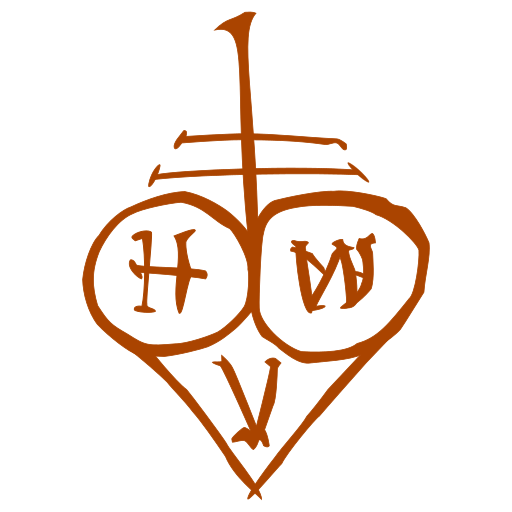
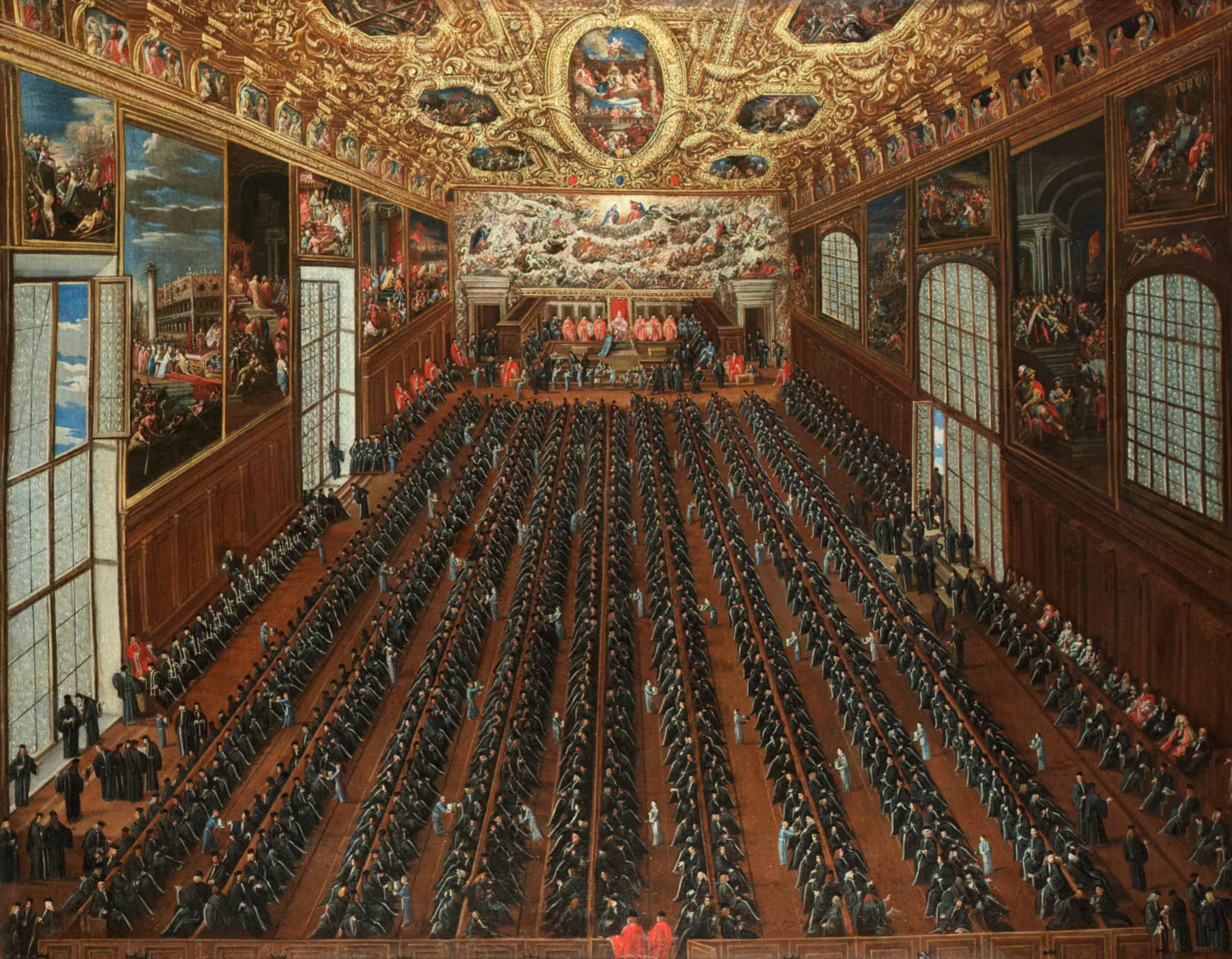
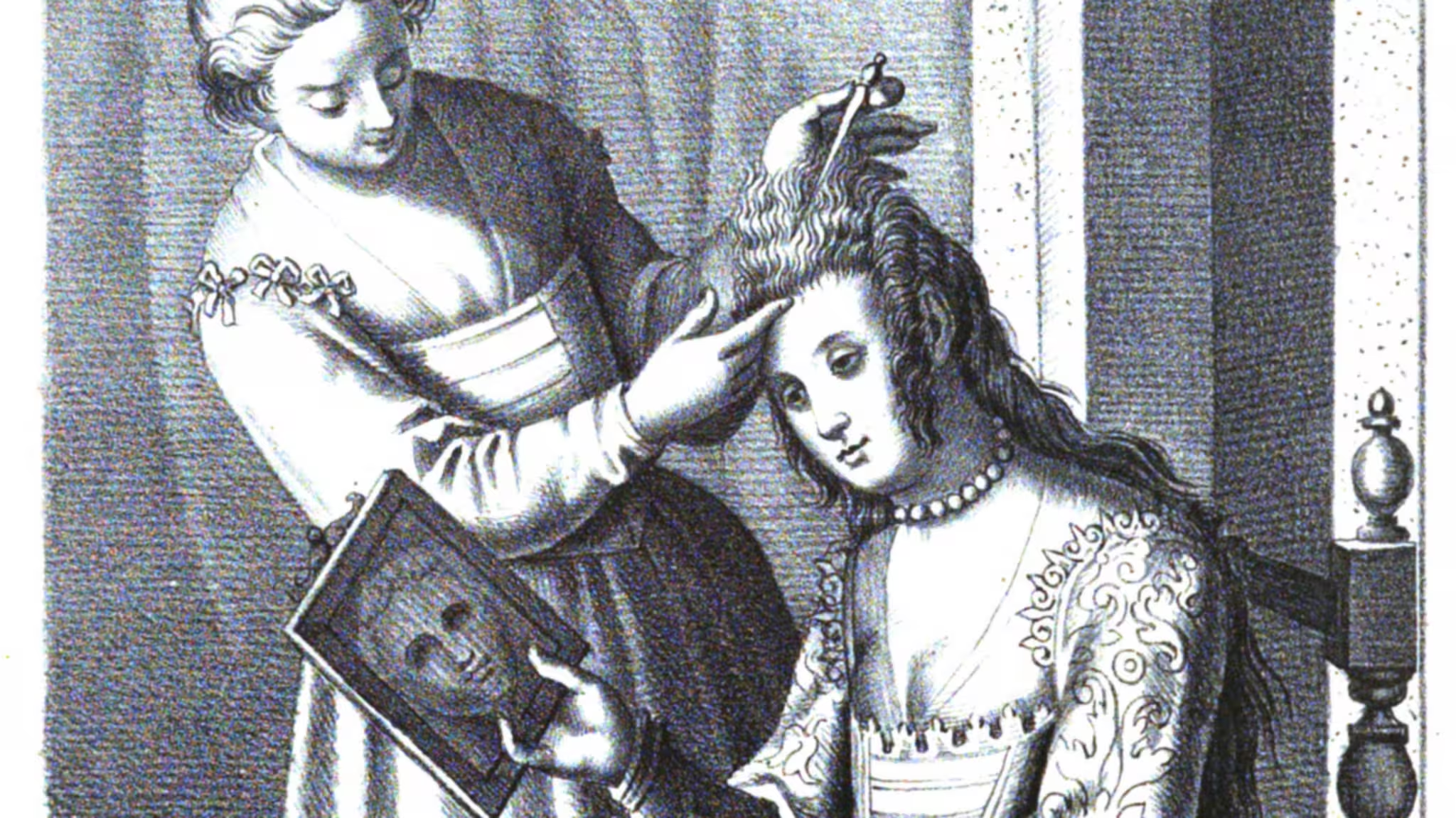
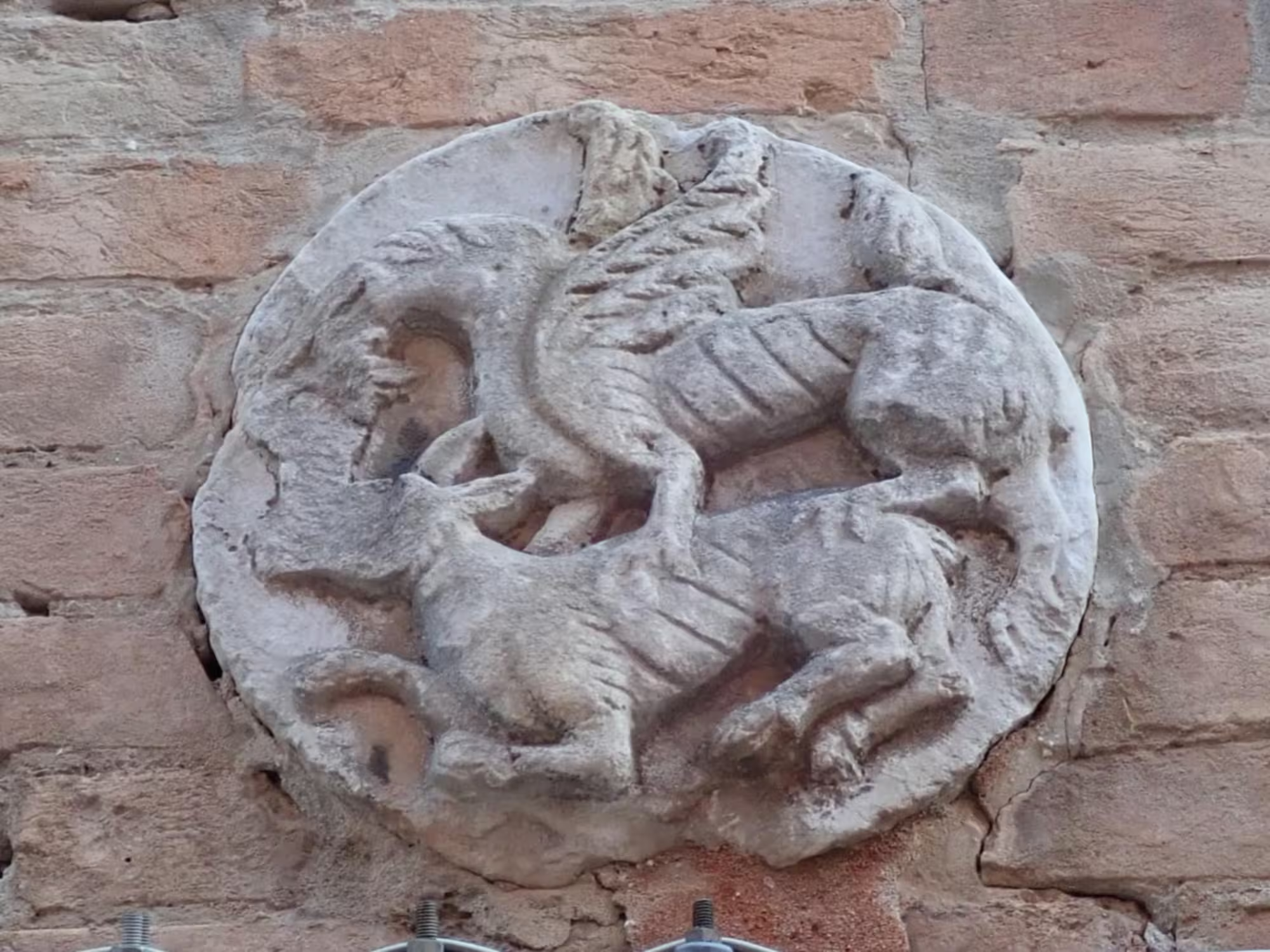
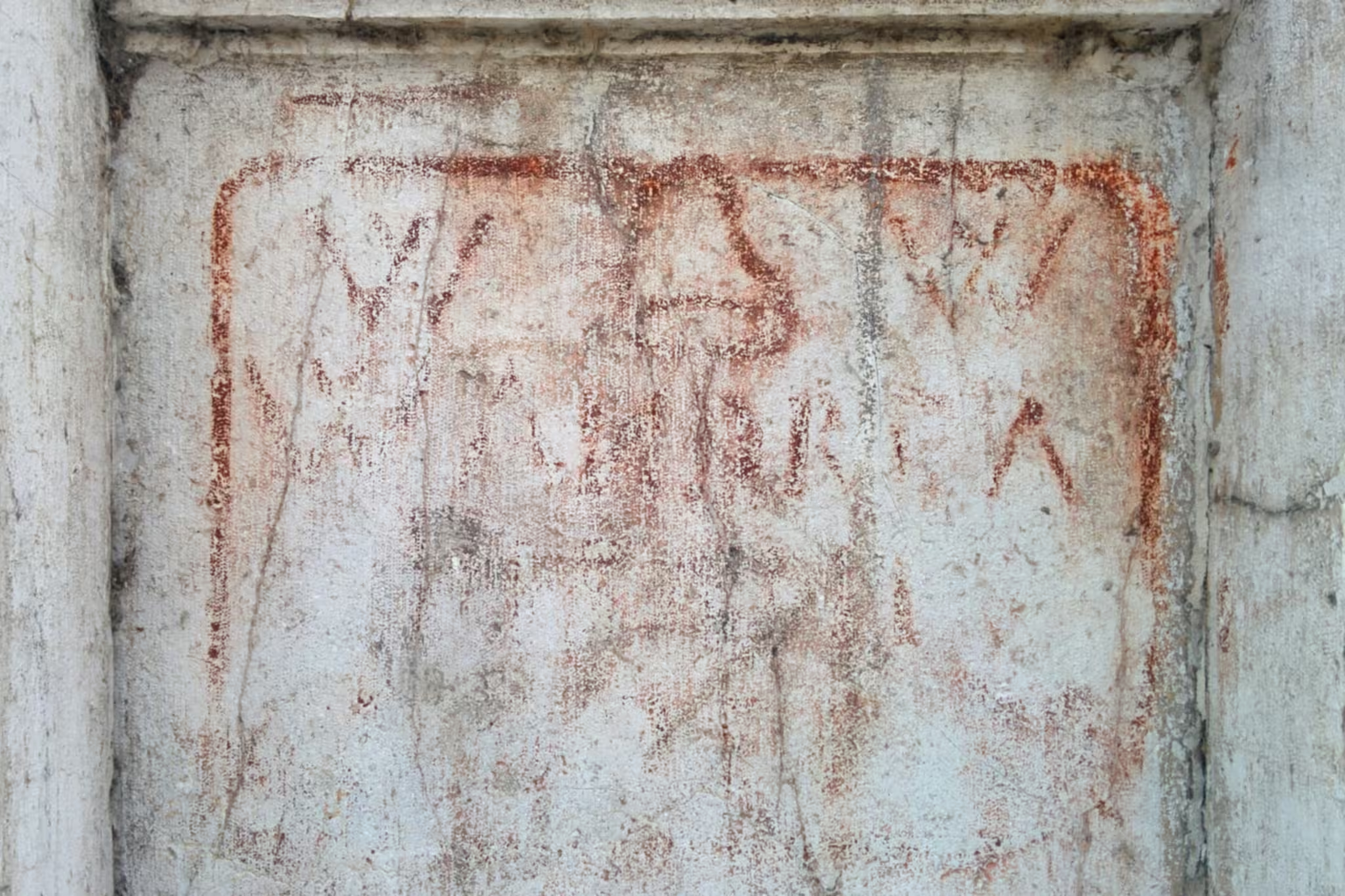
Leave a Reply